Idea by
Nuša Jelenec, Katarina Dekleva
Re-generacija
Call for ideas 2017
Recipe for School Park - guided self-building process
Recipe for School Park - guided self-building process
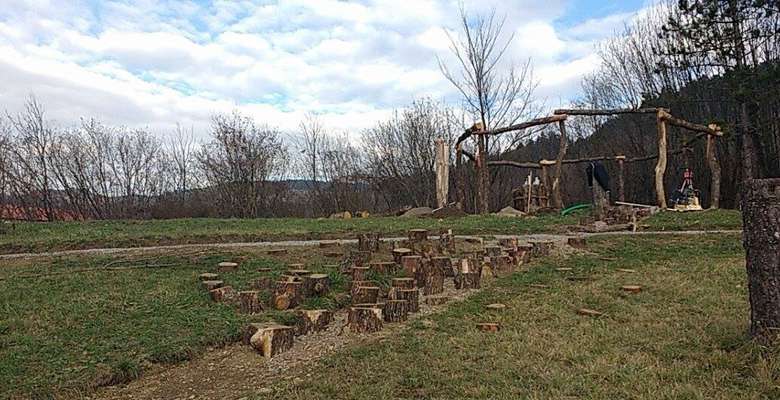
In the times of crisis and scarcity people come together and initiatives for public/community spaces come from the bottom up. Here we see the role of the architect and designer as a support to strengthen these bottom-up projects of social innovation by using our design skills and tools. Putting personal ambitions and authorship to the side and bringing the needs and capacity of communities to the foreground. The designer does not offer a definitive solution and to some extent distances himself from the final look of the project.
This concept is represented in the case of the school playground where due to the lack of funds the school wanted an undemanding and easy park that could be built in several phases as much as possible by themselves. Designers entered into the project with the mission to help them make directions and plans how to create their own park with what is locally available and to take into account the surrounding area.
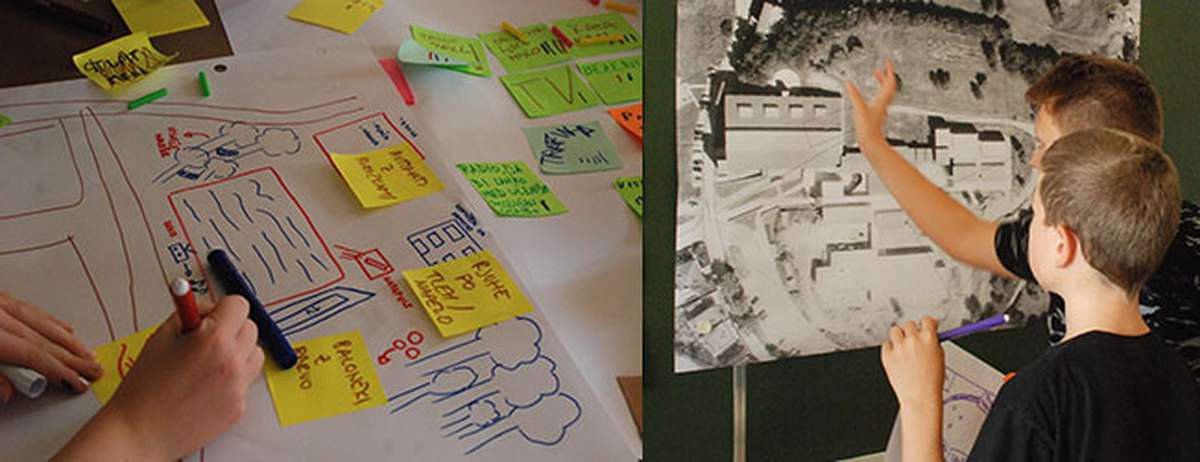
Debate and prototyping with clients (teachers, students and parents) about dreams, wishes and possibilities.
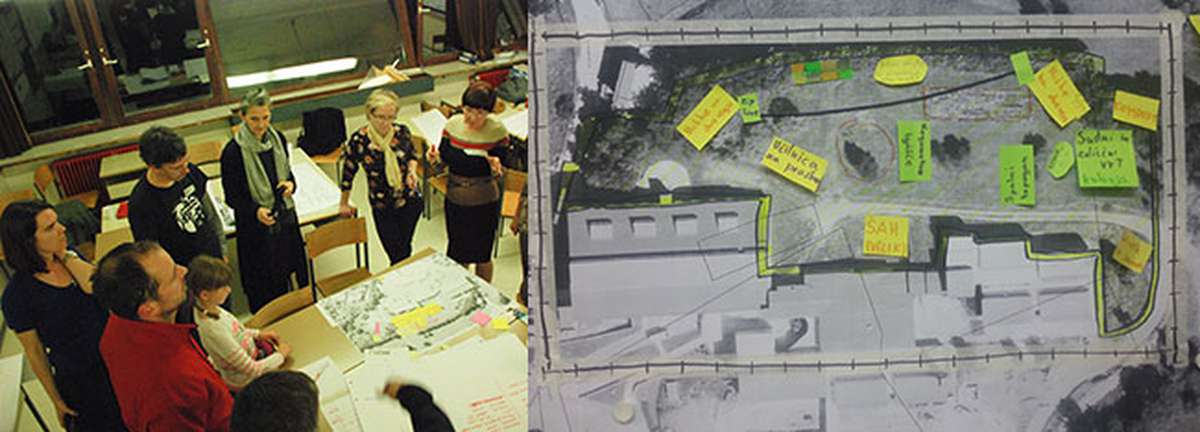
Clients, builders, makers, future users...
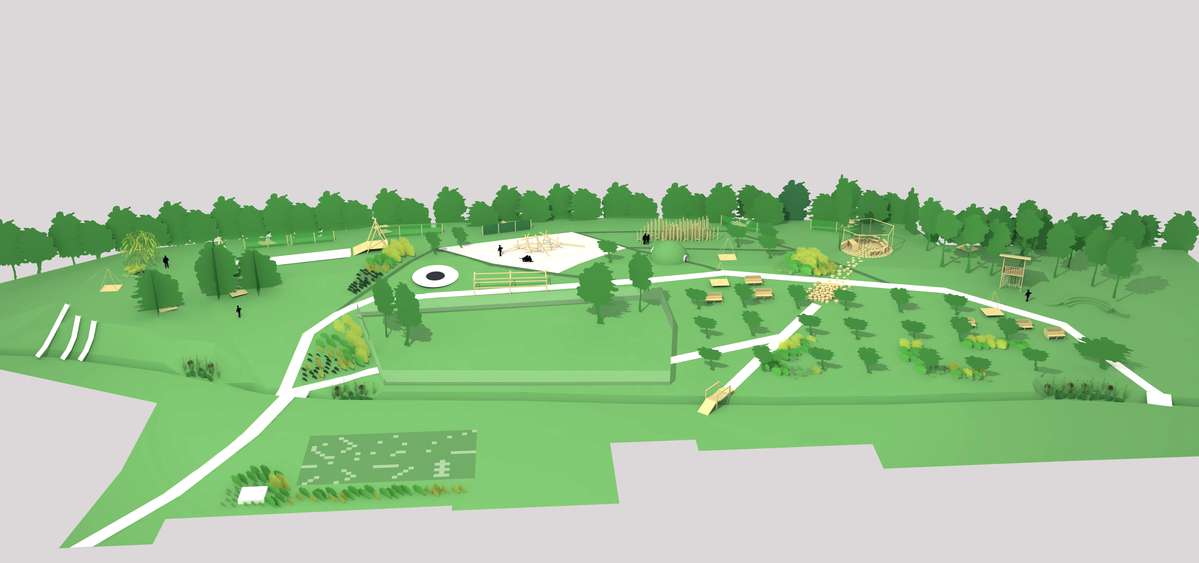
The masterplan includes as many options and wishes we have found in the process of prototyping. The school is going to decide what to build next, depending on time, money or workforce available.

Recipe for an outdoor classroom. For biology, physical education or just hanging out.
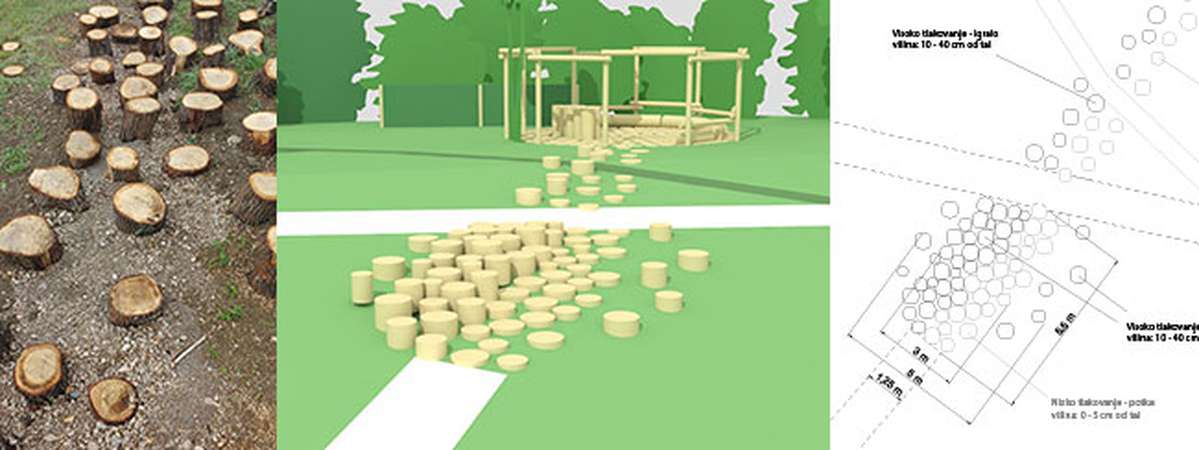
Built elements are simple and not completely defined, to allow various functions.
Recipe for School Park - guided self-building process
Recipe for School Park - guided self-building process

In the times of crisis and scarcity people come together and initiatives for public/community spaces come from the bottom up. Here we see the role of the architect and designer as a support to strengthen these bottom-up projects of social innovation by using our design skills and tools. Putting personal ambitions and authorship to the side and bringing the needs and capacity of communities to the foreground. The designer does not offer a definitive solution and to some extent distances himself from the final look of the project.
This concept is represented in the case of the school playground where due to the lack of funds the school wanted an undemanding and easy park that could be built in several phases as much as possible by themselves. Designers entered into the project with the mission to help them make directions and plans how to create their own park with what is locally available and to take into account the surrounding area.
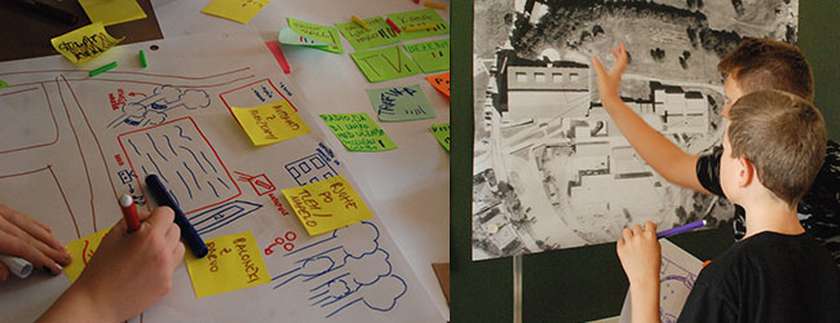
Debate and prototyping with clients (teachers, students and parents) about dreams, wishes and possibilities.
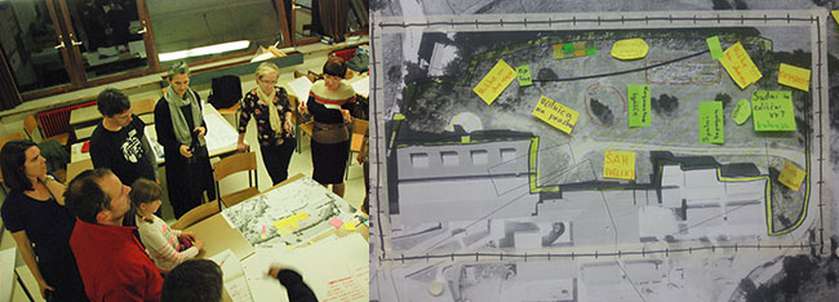
Clients, builders, makers, future users...
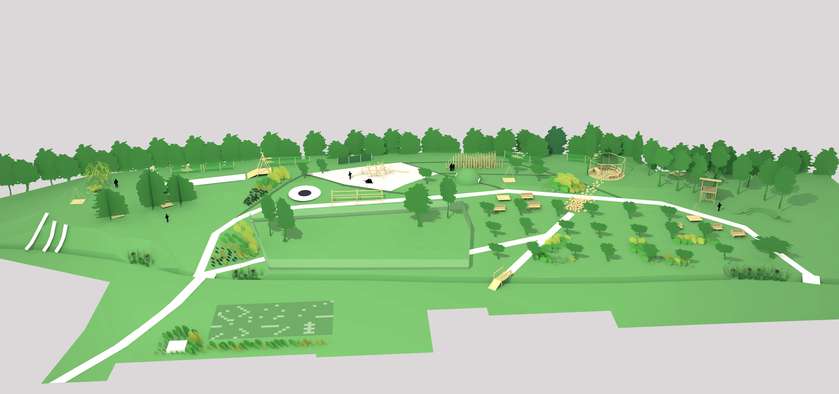
The masterplan includes as many options and wishes we have found in the process of prototyping. The school is going to decide what to build next, depending on time, money or workforce available.

Recipe for an outdoor classroom. For biology, physical education or just hanging out.
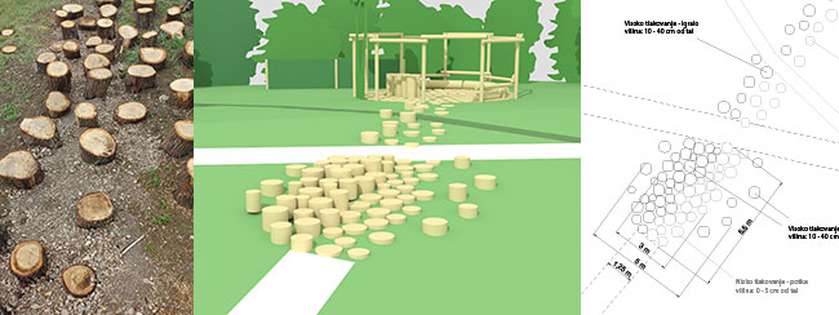
Built elements are simple and not completely defined, to allow various functions.